China announced retaliation tariffs on US importants, including soybean, agricultural products, automobiles. These products are valued at around USD 34B, will be subjected to 25% tariffs, starting July 6, 2018.
China would also impose 25% tariffs on other products, valued at around USD 16B, including chemicals, medical equipment, and energy products. Effective date is to be determined.
Below is the “google-translated” statement. Original statement in simplified Chinese could be found here.
Announcement on Imposing Tariff on Certain Products Originating in the United States
On June 15, 2018, the U.S. government announced that it would impose an import tariff of 25% on China’s 50 billion U.S. dollar products, including levied tariffs on about US$34 billion of Chinese exports to the US The measures will be implemented on July 6. Additional tariff measures for the remaining US$16 billion will further seek public opinions. The United States disregards China’s resolute opposition and solemn representations and insists on taking actions that violate the rules of the World Trade Organization. It seriously violates China’s legitimate rights and interests under the rules of the World Trade Organization and threatens China’s economic interests and security.
Regarding the emergency situation caused by the United States’ violation of its international obligations to China, and in order to defend its legitimate rights and interests, China decided to rely on the laws and regulations of the Foreign Trade Law of the People’s Republic of China and other basic principles of international law on soybean, agricultural products , automobiles , and water originating in the United States. Products and other imported goods are subject to tariff levying measures at a tax rate of 25%, involving about 34 billion U.S. dollars in imports from the United States in 2017 (see Annex 1). The above measures will take effect from July 6, 2018.
At the same time, China intends to impose an import tariff of 25% on commodities imported from the United States, including chemicals, medical equipment, and energy products, involving approximately US$16 billion in US imports from the United States in 2017 (see Annex 2), final measures, and effective time. Will be announced separately .
Annex:
List of Customs Tariff Commissions of the State Council Concerning the Collection of Customs Products for the United States and Canada.pdf
The Customs Tariff Commission of the State Council issues a list of tariffs on the United States and Canada.pdf





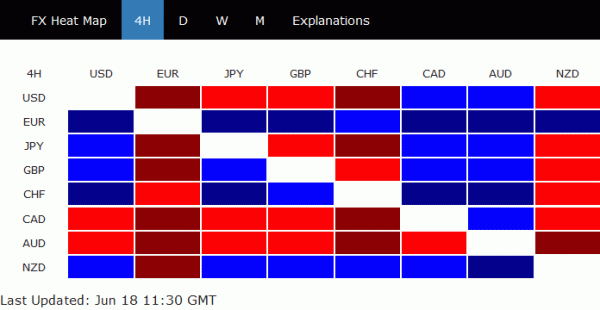
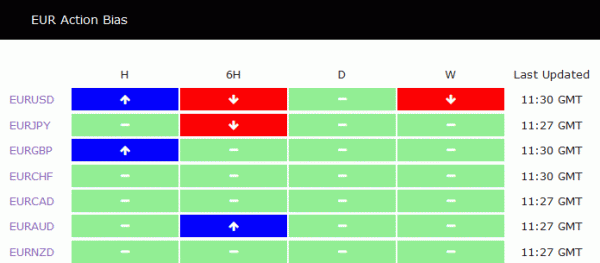
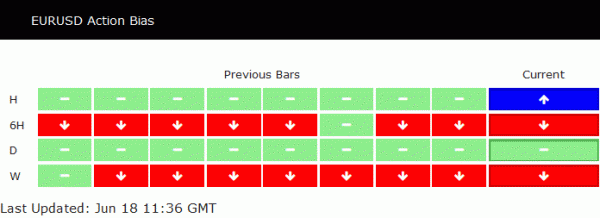
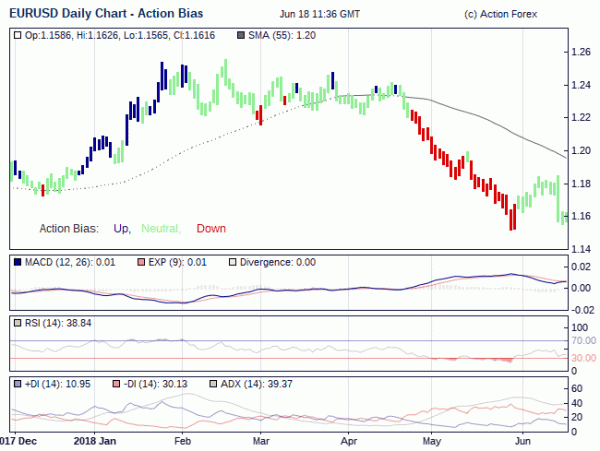
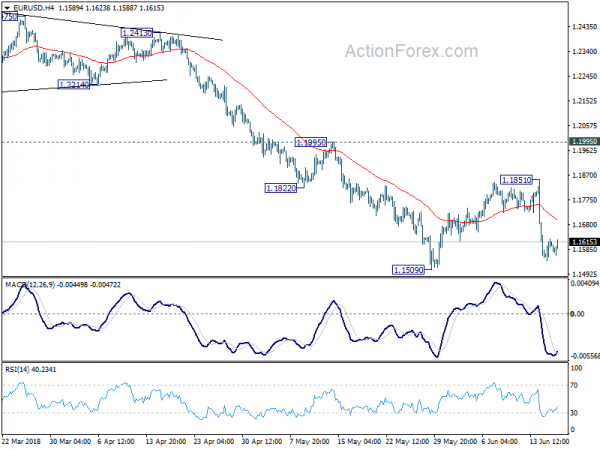
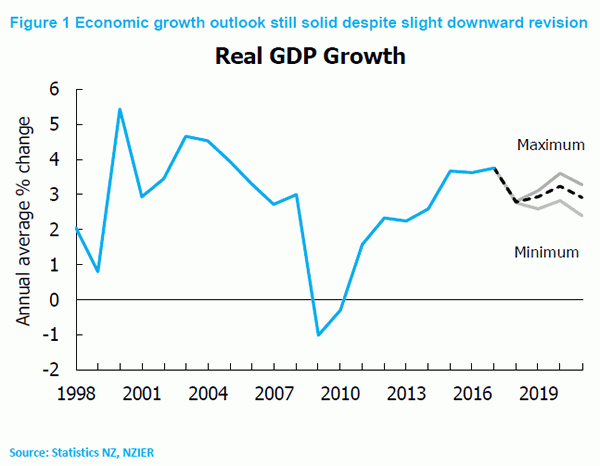
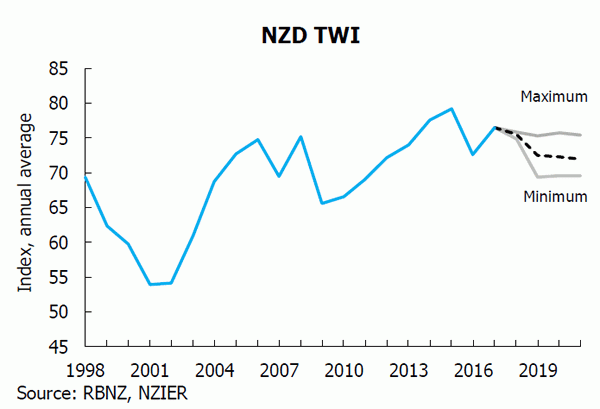
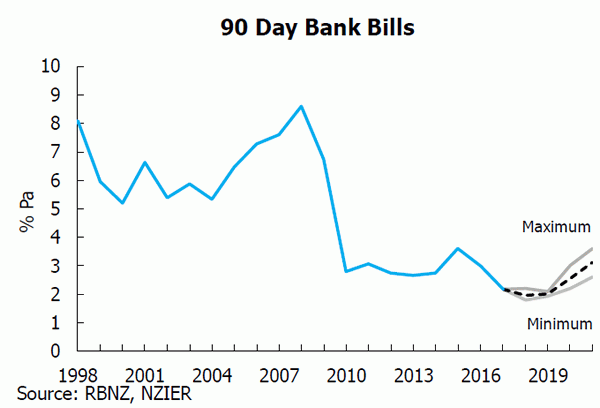
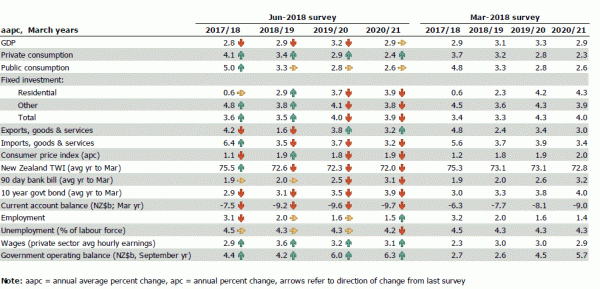


Ifo downgraded German growth forecasts notably
The Ifo said in a report today that “Storm Clouds Gather Over German Economy“. It said, the upswing since last year has “lost impetus” and “international economic risks in particular have growth significantly.
German GDP growth is expected to slow from 2017’s 2.2% to 1.8% in 2018 and 1.8% in 2019. That’s notable downward revision from Spring forecasts of 2.2% in 2018 and 2.0% in 2019.
Inflation, though, is projected to climb from 1.8% in 2017 to 2.0% in 2018 and 2.1% in 2019. That’s upward revisions from Spring forecasts of 1.7% in 2018 and 1.9% in 2019.
Even after the downward revision in growth projection, Ifo noted that downward risks have “increased significantly”. In particular, it singled out the US as external risk. It pointed out “in June 2018 the USA introduced tariffs of 25% on steel and 10% on aluminium imports from Canada, Mexico and the European Union. Although the long-term effects of these tariffs are relatively weak, the USA is currently considering whether it should introduce a tariff on imported cars too. Overall, this would lead to considerably higher GDP losses. At the same time, the EU and China have announced retaliatory tariffs, meaning that the introduction of further trade barriers is no longer a negligible risk.”
In addition, Ifo pointed to US triggered supply side driving oil price surge as another risk. It noted, “the increase in oil prices up until the beginning of this year were largely demand-side driven. Since then friction between the USA and Iran have promoted a supply-side in-crease in oil prices, which is likely to have a dampening impact on the world economy. If the pressure from the US government on the EU were to become so great that the EU revoked the nuclear agreement, oil prices would continue to rise and curb growth in world production.”
Full releases here.